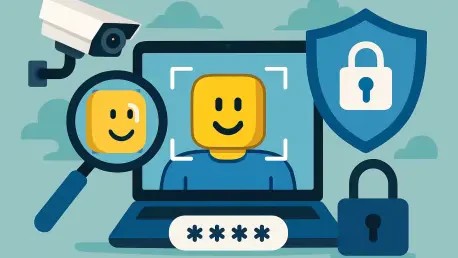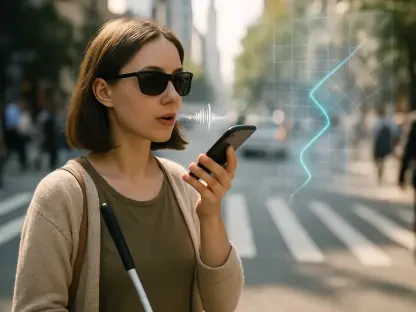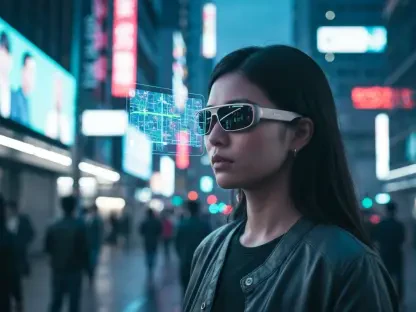Imagine a digital playground where millions of children gather daily to create, play, and connect, yet lurking beneath the fun lies the ever-present concern of ensuring their safety from inappropriate interactions. Roblox, a leading online gaming platform, has taken a bold step to address this challenge by introducing mandatory facial recognition-based age verification for accessing communication features like chat. This groundbreaking update, rolled out initially in select regions, aims to redefine safety standards in the gaming world by leveraging advanced technology to protect younger users. By categorizing players into age groups and restricting interactions between minors and adults, the platform seeks to create a secure environment tailored to age-appropriate experiences. This initiative not only highlights Roblox’s commitment to child safety but also sets a precedent for how technology can be harnessed to tackle persistent online risks, sparking curiosity about its potential impact and effectiveness in safeguarding vulnerable users.
Pioneering Age Verification in Gaming
Roblox’s latest safety measure marks a significant shift in how online platforms approach child protection, with the introduction of facial recognition technology to verify user ages before granting access to chat features. Starting in early December in Australia, New Zealand, and the Netherlands, with a broader rollout planned for early January 2026 across regions where chat is available, this system aims to ensure that interactions are limited to suitable age groups. Unlike previous methods such as self-reported ages or behavioral analysis, this approach uses facial age estimation, supplemented by optional ID verification, to categorize users accurately. The platform also introduces the concept of “Trusted Connections,” allowing communication between minors and adults only if they are known to each other. This move reflects a proactive effort to minimize risks of harmful interactions, positioning Roblox as a leader in adopting sophisticated safety protocols that could influence broader industry practices for protecting young users in digital spaces.
Balancing Innovation with Challenges
While Roblox’s facial recognition system represents a forward-thinking approach to enhancing online safety, it is not without potential hurdles that could undermine its effectiveness. The technology, though advanced, faces scrutiny due to instances on other platforms where similar systems have been bypassed with ease—such as a case in the UK where a simple image tricked the verification process on another service. Although Roblox has not detailed specific countermeasures to such vulnerabilities, the possibility of exploitation raises questions about the reliability of facial recognition as a standalone solution. Additionally, the evolving nature of online threats means that no single technology can fully eliminate risks, necessitating continuous updates and complementary safety measures. Despite these challenges, the initiative underscores an industry-wide trend toward prioritizing user security through innovative tools, highlighting the need for a balanced perspective on the promise and limitations of such technologies in creating safer digital environments for children.









